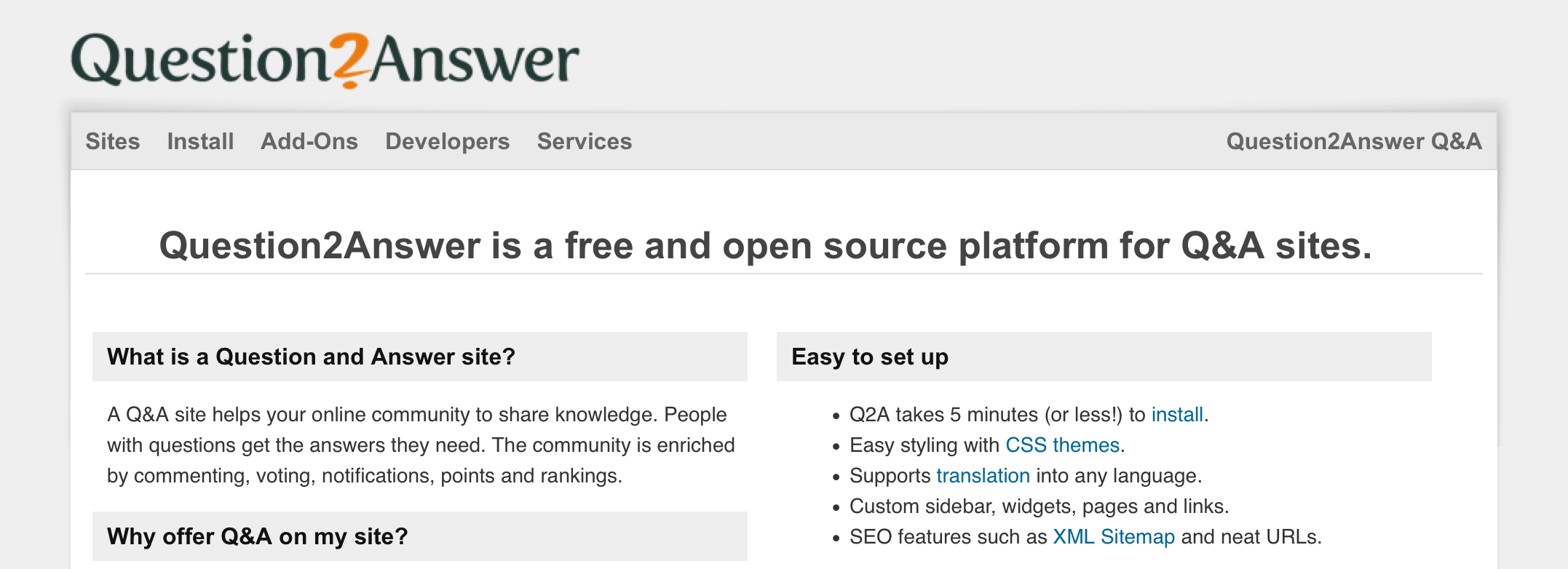
How to Create a Slack Chat Community with Auto-invites
UPDATE — Just ignore everything below and go here: https://my.slack.com/admin/shared_invites. Hands-down, the easiest solution. UPDATE: New Public/Shared Slack Invite Links — The solution below that I’ve written might be obsolete very soon. Slack has no doubt taken notice how many communities (not just company teams) are utilizing Slack. They haven’t given in completely yet, but … How to Create a Slack Chat Community with Auto-invites

